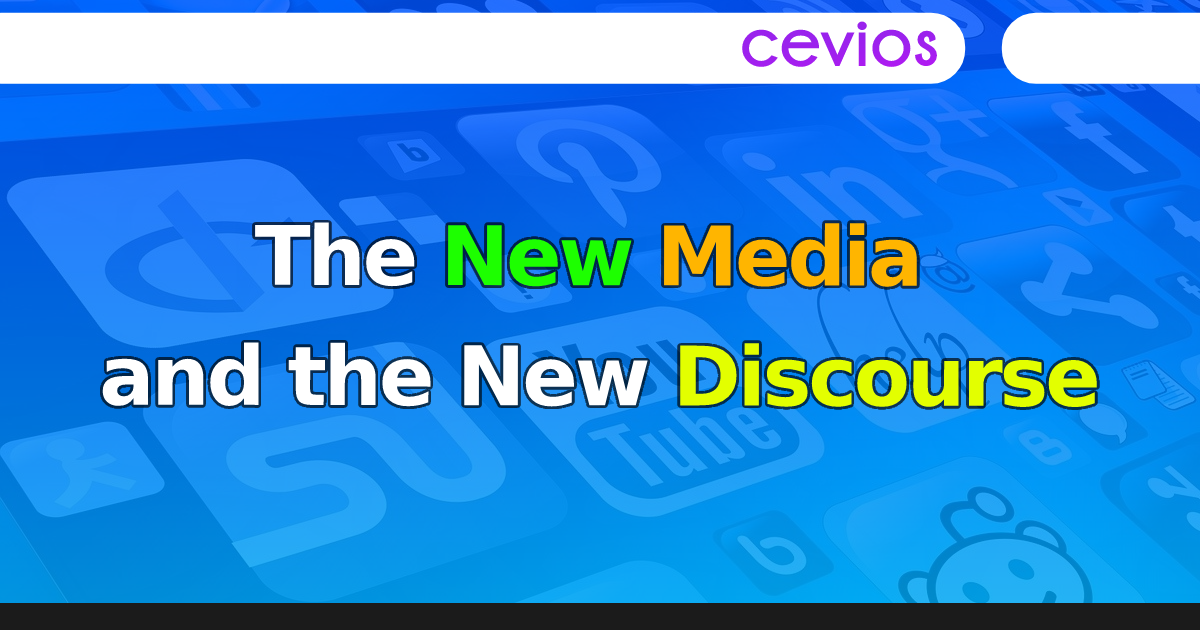The New Media and the New Discourse
The performance of verbal exchanges in modern society reveals a context that undoubtedly bears the imprint of new means of communication, whose justification is to ensure the adaptation and integration of the individual in society, by mediating interindividual relations [15].
Through the intrusion of the new forms of media, current communication claims to provide a social binder, partly through the frequency of interpellation and the speed of exchange, partly due to the ability of the environment to privilege the primary dimension of communication. The presence of sound and image, in combination or not with the text, has become a constant of everyday verbal exchanges. The peculiarities of the environment lead to the proliferation of the forms of communication, depending on the means of representing the meanings and their various possibilities of combining. Consequently, the production and deciphering of the meaning of communication requires a heterogeneous set of knowledge, likely to capture its complexity.
The reality of current verbal exchanges thus reflects the coexistence of the new with the old, in the sense of manifesting two parallel systems of communication—the old resources and the new technologies [16]. The coexistence of the old with the new in modern communication is marked by the remodelling of some of the traditional resources with the help of the new technologies (e.g. the principles of text organisation). According to this approach, the reconsideration of the discourse and of its means of investigation is a matter of exigency.
In our recent studies on digital discourse, we have proposed a method of research that involves the imbrication of certain elements of discourse analysis with some elements of image production and analysis as well as with elements related to the electronic environment. With regard to the latter, we need to specify that they can be converted into communication evaluation units, either by equating them with discourse analysis elements (e.g. the number of posts of a transmitter signifies an increase in the act of enunciation by that transmitter) or by semantic acquisition. Thus, the networks, the networking, the type of social channel and the way people communicate become indices of the transmitter’s intention of positioning in relation to her/his receiver.
Notes
[15] Bougnoux D. Introducere în ştiinţele comunicării. Editura Polirom: Iaşi; 2000. pp. 80-88
[16] Weasenforth D. Language Learning & Technology. 2006. 25-28 p. Available from: http://llt.msu.edu/vol10num2/review2/ [Accessed: 02.2014]
Citation
Lavinia Suciu (April 3rd 2019). Introductory Chapter: Discourse and Discourse Analysis. A Retrospective Approach, Advances in Discourse Analysis, Lavinia Suciu, IntechOpen, DOI: 10.5772/intechopen.82823. Available from: https://www.intechopen.com/chapters/65233
Copyright
- Title: “The new media and the new discourse”
- Authors: “Lavinia Suciu”
- Source: “https://www.intechopen.com/”
- License: “CC BY 3.0”

